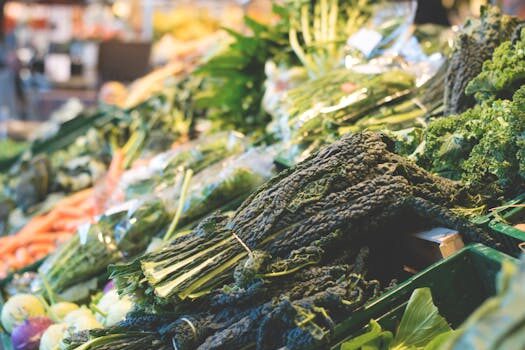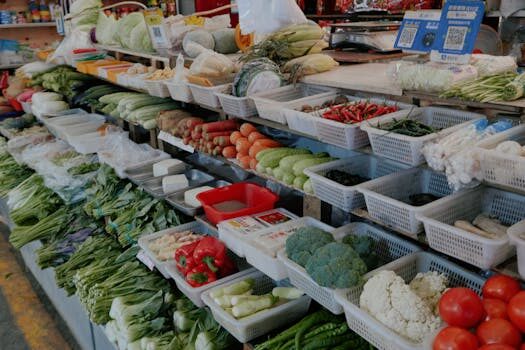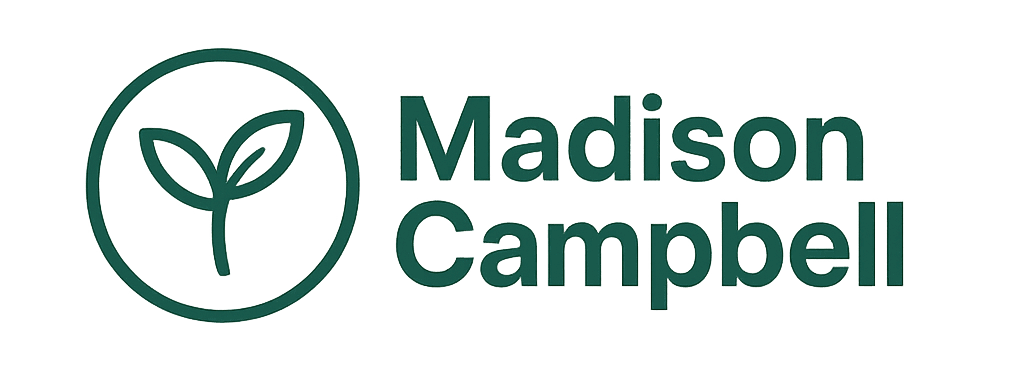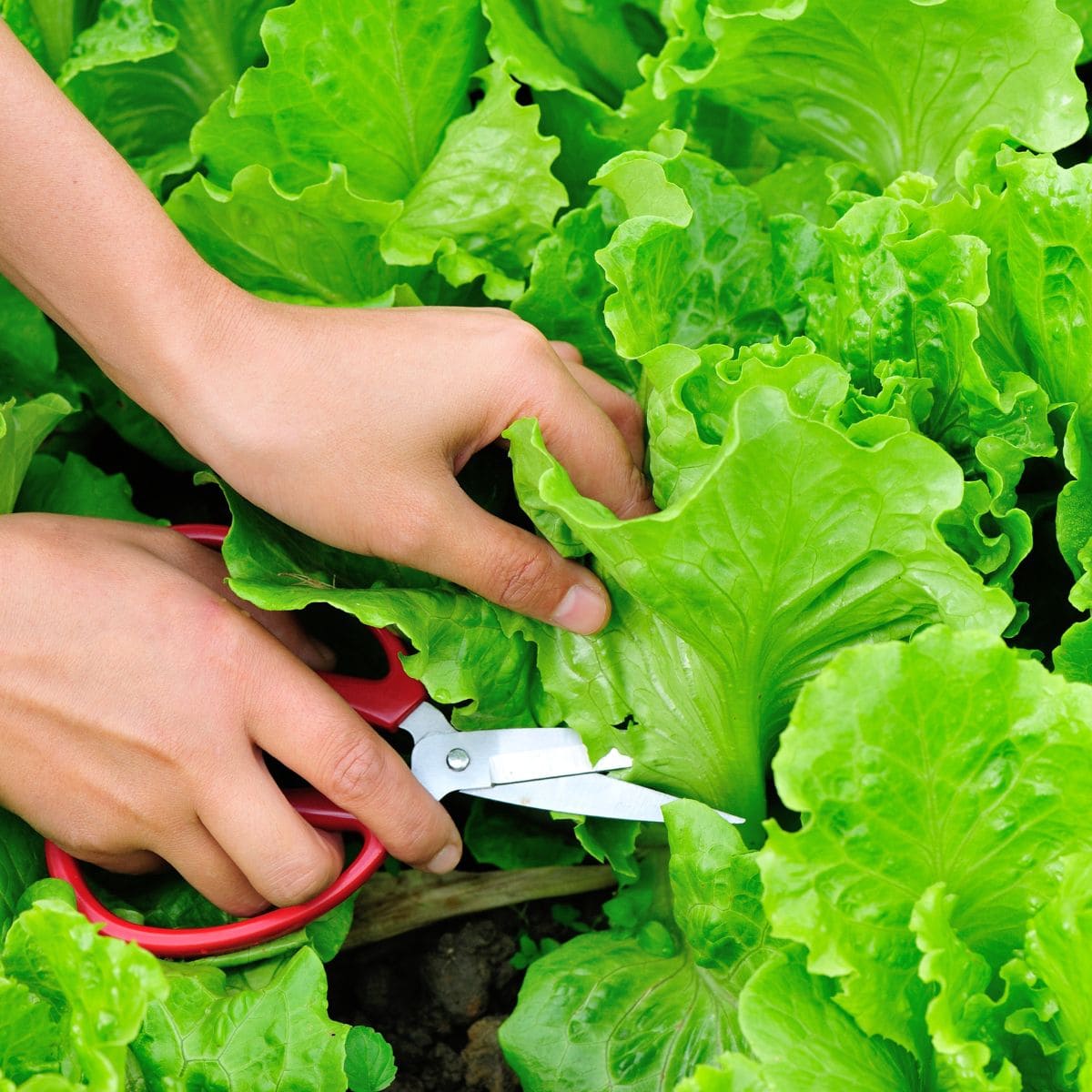Absolutely! Below is the article crafted according to the briefing, using natural language and SEO-friendly practices, without explicit mention of SEO or HTML formatting:
Gardening enthusiasts and salad lovers alike often seek ways to maximize their harvest of crispy, fresh lettuce. Knowing how to harvest lettuce so it keeps growing can lead to an abundance of salad leaves throughout the season. Let’s explore the top tips and techniques for ensuring a sustainable and bountiful lettuce crop.
From choosing the right time to employing the correct methods, understanding the nuances of harvesting lettuce can make all the difference. Not only does it contribute to the longevity of your plants, but it also ensures a continuous supply of nutritious leaves for your table.
How to harvest lettuce to increase production
Increasing the productivity of your lettuce plants starts with the harvesting method. The cut-and-come-again method is a popular technique that promotes regrowth. By carefully snipping off the outer leaves and leaving the center intact, the plant continues to produce new foliage.
Another aspect to consider is interplanting. By placing lettuce plants among taller crops, you can provide them with some much-needed shade, particularly during the hotter months. This can prevent them from bolting and extend your harvesting window.
Succession planting is also key. Sowing new seeds every few weeks ensures that as one batch of lettuce is being harvested, another is growing. This staggered approach keeps your salad bowl full and your garden lively.
How to harvest lettuce so it keeps growing?
Selecting slow-bolting cultivars is crucial when planning your lettuce harvest. These varieties take longer to produce flowers and seeds, giving you ample time to harvest the leaves while they’re still tender and flavorful.
When harvesting, be gentle. Use clean, sharp scissors or a knife to cut the leaves, making sure not to damage the crown. This care will encourage the plant to regenerate leaves more quickly and maintain its health.
Timing is also important. The ideal time to harvest lettuce is in the early morning, when the leaves are most hydrated and crisp. This results in a fresher and more palatable product.
Monitoring water and soil nutrients is another factor that can influence regrowth. Lettuce requires consistent moisture and a well-balanced soil to flourish after each harvest.

Be attentive to the plant’s growth cycle. Overharvesting can stress the plant and diminish its ability to regrow. Harvest only what you need, and your lettuce will be more productive in the long run.
What are the best methods to harvest leaf lettuce?
Leaf lettuce varieties are perfect for the cut-and-come-again method. Harvest the outer leaves first, cutting them close to the base but above the crown. This encourages the plant to focus its energy on producing new leaves from the center.
The ponytail chop is another method suitable for leaf lettuce. Gather the leaves in a bunch, like a ponytail, and slice them off in one go, again making sure not to damage the central growing point.
For a more sustainable approach, you can also handpick leaves as needed for meals. This method causes minimal disturbance to the plant and environment.
Mulching around the lettuce plants can help retain soil moisture and suppress weeds, creating a more conducive environment for the lettuce to regrow after harvesting.
It’s important to keep an eye out for pests that may take advantage of the freshly cut leaves. Frequent inspections and organic pest control methods will ensure your lettuce remains healthy and productive.
How to cut leaf lettuce for continued growth?
- Always use clean, sharp tools to make precise cuts and reduce the risk of disease transmission.
- Cut leaves at least one inch above the base to protect the crown and encourage new growth.
- Avoid tearing or pulling the leaves, as this can harm the plant and stunt subsequent growth.
- Consider harvesting in a staggered fashion, allowing different parts of the plant to recover and grow back evenly.
- After harvesting, water the plant lightly to help it recover and stimulate new leaf production.
When is the right time to harvest lettuce?
The right time to harvest lettuce largely depends on the variety and the current growing conditions. Generally, lettuce is ready to harvest when the leaves have formed a rosette and are a few inches long.
Look for changes in leaf texture and color, which can indicate maturity. For instance, leaves that are bright and firm to the touch are typically ready for harvest.
Temperature can also play a significant role. Warmer weather accelerates the growth of lettuce, which might mean earlier harvesting times to prevent bolting.

Harvesting in the morning not only ensures crisp leaves but also avoids the midday heat, which can wilt the foliage and reduce its shelf life.
Keeping a garden journal with notes on your specific climate and lettuce varieties can help you determine the optimal harvesting schedule for your garden.
How many times can you harvest lettuce in a season?
With proper care and attention, you can expect to harvest lettuce three to four times in a season. Some factors that can impact this number include the specific variety of lettuce, the growing conditions, and your harvesting methods.
Fast-growing varieties and those that are cut-and-come-again will provide more frequent harvests. Meanwhile, head lettuces that require more time to develop may offer fewer harvests, but with more significant yields each time.
Weather plays a role as well. In cooler climates, lettuce may grow slower but offer extended harvesting periods due to reduced risk of bolting.
Finally, healthy soil and consistent care will ensure your lettuce plants remain productive throughout the season. Regular feeding and watering, along with crop rotation and pest management, contribute to a successful harvest schedule.
What signs indicate that lettuce is ready to harvest?
Several signs can indicate that your lettuce is ready for harvesting. The presence of firm, full-sized leaves is a clear indicator that it’s time to start snipping.
For head lettuces like iceberg or romaine, the head should feel compact and firm when gently squeezed. However, take care not to crush the delicate leaves.
Absence of milky sap when you cut the leaves suggests that the lettuce is not yet overly mature or bitter. Milky sap typically appears when the plant is about to bolt.

The color of the lettuce can also be a guide. A deep, vibrant hue often means the leaves are at their peak for flavor and nutrients.
If the plant has started to form a seed stalk, or bolt, it’s best to harvest immediately. Once bolting begins, the leaves can become bitter and less palatable.
Let’s take a look at a helpful video on harvesting lettuce:
How to use the cut-and-come-again method for lettuce?
The cut-and-come-again method for lettuce is a sustainable way to harvest leaves while allowing the plant to continue growing. To use this method:
- Wait until the lettuce plant has several mature leaves, usually at least 4 inches long.
- Harvest only the outermost leaves by cutting them near the base, taking care not to damage the inner leaves or the central growth point.
- Leave at least half of the plant untouched to enable it to photosynthesize and promote regrowth.
- Repeat the process every few days as the plant produces more leaves, ensuring a consistent supply of fresh lettuce.
Related questions on harvesting lettuce
How to know if a lettuce plant is still good to eat?
If the lettuce shows no signs of wilting, discoloration, or rot, it is likely still good to eat. The leaves should be crisp and vibrant in color, with a fresh, pleasant smell. Avoid any lettuce with slimy or brown spots, as these are indicators of decay.
When in doubt, taste a small leaf. Fresh lettuce should have a slightly sweet, mild flavor without any bitterness. If the lettuce has bolted and the leaves are bitter, it’s best to compost them and plant a fresh batch.
How to harvest romaine lettuce so it keeps growing?
Romaine lettuce can be harvested by removing the outer leaves and leaving the inner ones to continue growing. Cut the leaves at least one inch above the crown to avoid damaging the plant. Romaine is particularly receptive to the cut-and-come-again method, and with regular harvesting, it can produce multiple yields.
Water the romaine after harvesting to help it recover and encourage further growth. Keeping an eye on the temperature will also prevent bolting, as romaine prefers cooler conditions.

How to harvest iceberg lettuce so it keeps growing?
Iceberg lettuce is typically harvested as a whole head, but you can extend its life by harvesting only the outer leaves. Cut the leaves close to the base, but leave the central core and root system intact. This method may not produce as many continuous yields as leaf lettuce, but it can extend iceberg lettuce’s productivity.
Ensure that the plant gets enough water and shade during hot periods to prevent bolting and extend the harvesting period.
What if my lettuce has a flower stem?
If your lettuce has a flower stem, or has bolted, it’s a sign that the plant is transitioning to the seeding phase. The leaves may become bitter and tough, making them less ideal for consumption. It’s best to harvest the plant immediately and use the leaves that still taste good.
Once bolting occurs, you can allow the plant to go to seed if you wish to collect seeds for future planting. Otherwise, removing bolted plants makes room for new ones.
When to harvest leaf lettuce?
Leaf lettuce is generally ready to harvest when the leaves are large enough to eat, usually when they’re around 4 inches long. Monitor the plant closely as it grows, and harvest the outer leaves regularly to encourage the production of new leaves.
Avoid waiting too long to harvest, as older leaves can become bitter. Regular harvesting also helps prevent the plant from bolting, which is more likely to happen as temperatures rise.
 How to prune rosemary and when to do it: simple tips for healthy herbs
How to prune rosemary and when to do it: simple tips for healthy herbs
